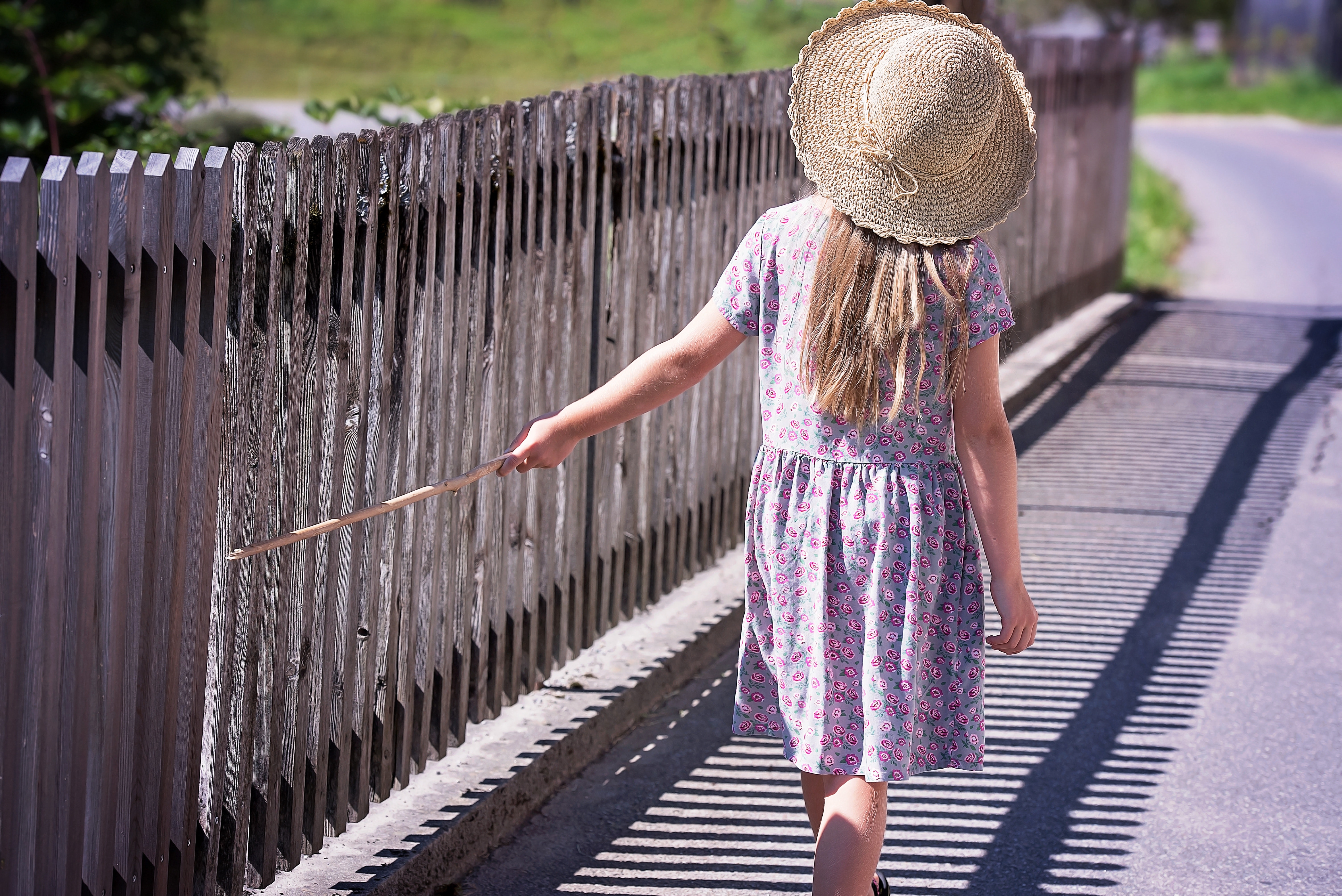Fences provide peace of mind. Pets stay in, unwanted visitors stay out, but how much risk does a fenced in back yard help you reduce to your personal liability exposure on your homeowners policy?
Let us recap premises liability before we get started, premises liability comes in to play when injury occurs on someone’s property. For example, say an invited guest trips and falls on unstable patio steps, negligence can be attributed to the homeowner for the faulty steps and the homeowner can be found liable for the resulting injury that occurred on their property.
Regardless what age you are reading this, there is one thing we all have in common, we were all young once. We all have a first hand knowledge and understanding of how fun swimming pools and trampolines are to children. Those types of exposures are very attractive to little ones and it is important to take preventative measures to keep your invited guests safe – as well as your uninvited guests. Should a neighbor enter your yard without your permission and become injured, the homeowner could still be liable due to their failure to keep the attractive risk contained. Swimming pools and trampolines should always be fenced in to try to ensure the safety of those around you.
By preforming a quick internet search and allowing a few days for shipping or visiting your local hardware store, you can reduce your risk even further by taking fence safety to the next level. There are many products on the market to child latch or even lock your gates so they can’t be opened from the outside. In the event of an unforeseen incident, being able to tell an insurance company claims adjuster that your fence was locked, demonstrates that you have taken necessary precautions to prevent entry and injury on your property.
Whether you purchase the materials and install it yourself or outsource the project, fences are expensive. They are undeniably an investment in your property and should be treated as such. You might be asking yourself what kind of coverage exists on your homeowners policy to protect the fence itself?! Coverage B – “Other Structures” is where coverage to your fence would typically reside, along with coverage for a shed or detached garage. The key to engaging any homeowners coverage, fence damage included, is a covered peril. Fence damage would have to exceed the deductible and be the result of a covered peril, such as fire or windstorm.
This post is simply for informational purposes and tips for how a fence can minimize your personal liability exposure, should you ever have any questions regarding fence damage or coverage, please give one of our Personal Lines specialists a call, we are here to help!

